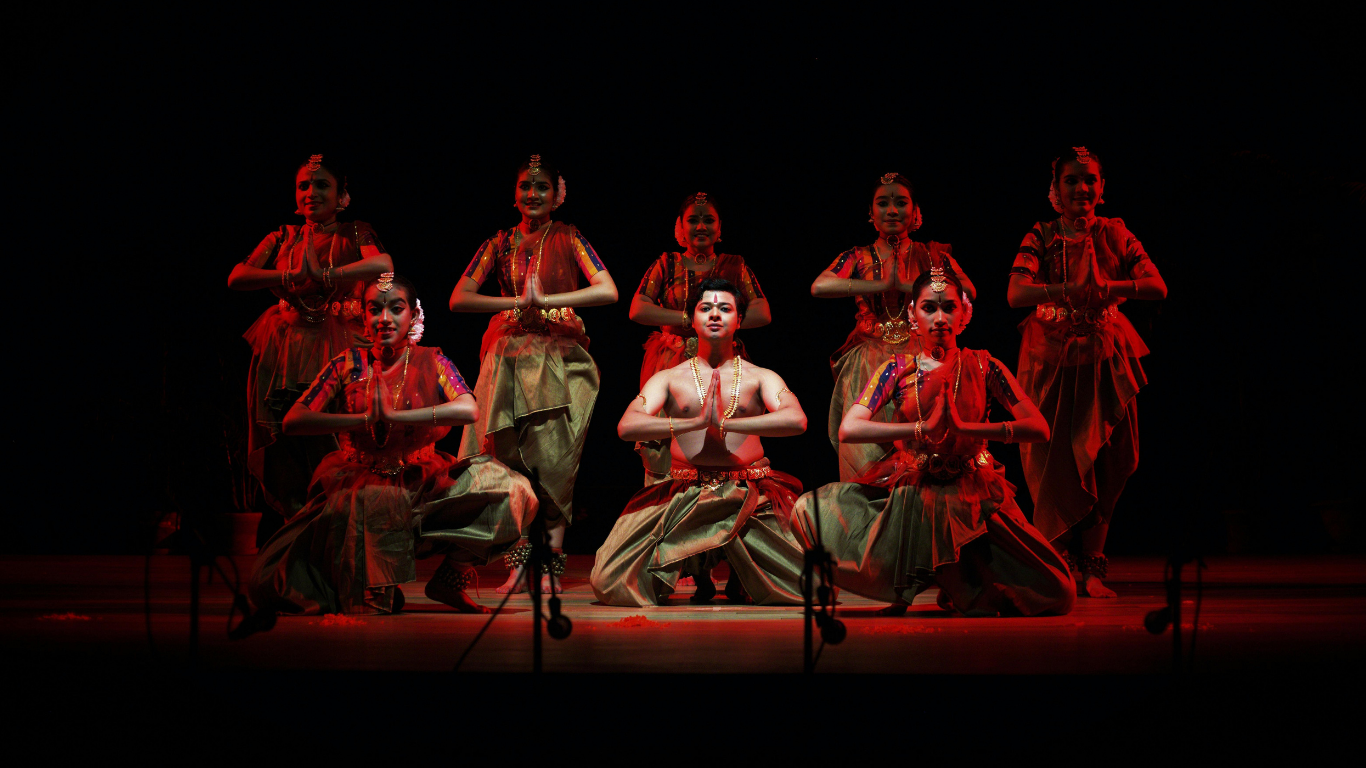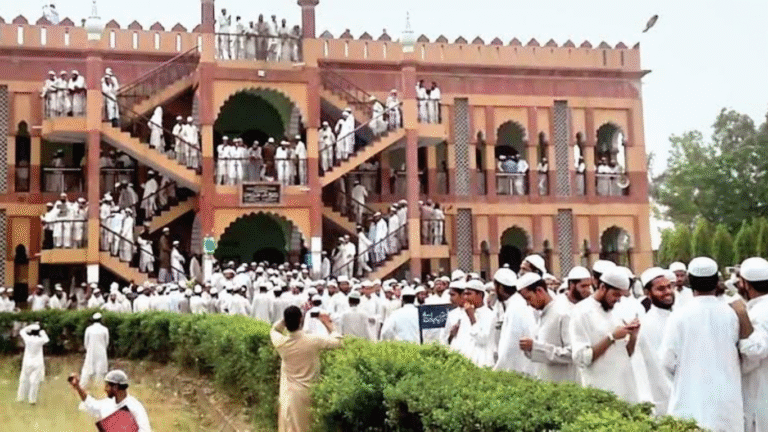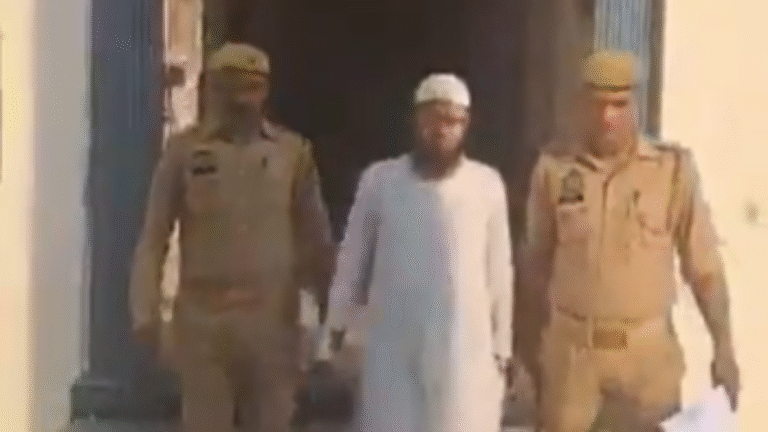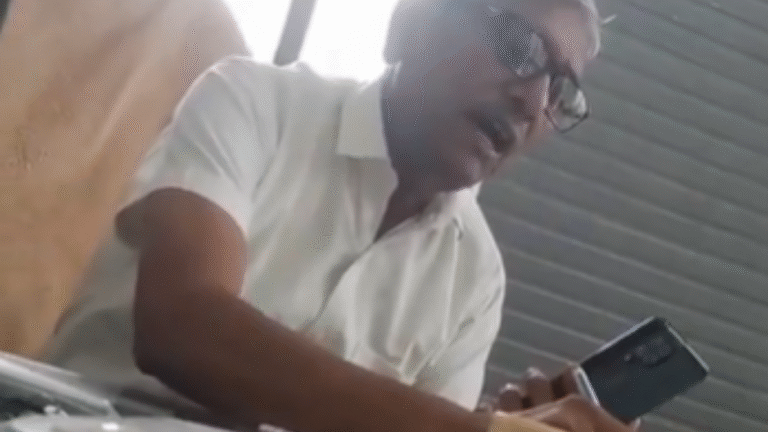
Exploring the Classical Dance of Uttar Pradesh
Uttar Pradesh, a state rich in history and culture, is home to some of India’s most beautiful classical dance forms. These dances are more than just performances; they are a way to tell stories, express emotions, and connect with the divine. Rooted in ancient traditions, the classical dances of Uttar Pradesh reflect the state’s vibrant heritage, blending music, movement, and spirituality. From the graceful steps of Kathak to the expressive storytelling of Raslila, these art forms have been passed down through generations, keeping the state’s cultural legacy alive. In this article, we’ll delve into the primary classical dance forms of Uttar Pradesh, examining their origins, styles, and significance.
Kathak: The Dance of Storytellers
Kathak, one of India’s most celebrated classical dances, has deep roots in Uttar Pradesh, particularly in the city of Lucknow. The word “Kathak” comes from “katha,” meaning story, and this dance is all about storytelling through graceful movements and rhythmic footwork. It began in the temples of North India, where dancers narrated tales from the Ramayana and Mahabharata. Over time, it evolved in the Mughal courts, blending Hindu and Persian influences.
In Kathak, dancers use intricate footwork, called tatkar, and expressive hand gestures, or mudras, to convey emotions and stories. The Lucknow Gharana, a famous style from Uttar Pradesh, is known for its delicate movements and focus on grace. Performers often wear ghungroo bells on their ankles, creating rhythmic sounds that match the music. Kathak is usually accompanied by classical instruments like the tabla and sitar, with vocalists singing in Hindustani classical styles. Today, Kathak remains a beloved art form, performed at festivals and cultural events across the state and beyond.
Raslila: A Divine Dance Drama
Raslila is a unique dance form from Uttar Pradesh, deeply tied to the life and stories of Lord Krishna. Originating in the Braj region, particularly in Vrindavan and Mathura, Raslila is a blend of dance, drama, and music that celebrates Krishna’s playful and divine love for Radha and the gopis (cowherd girls). This folk-classical dance is performed in a circular formation, symbolizing unity and devotion.
In Raslila, performers dress in colorful costumes, with women often playing the roles of Radha and the gopis, while a young boy or man portrays Krishna. The dance involves gentle swaying movements, expressive gestures, and dialogues that bring Krishna’s stories to life. The music, usually devotional songs called bhajans, is accompanied by instruments like the harmonium and dholak. Raslila is not just a performance but a spiritual experience, often staged during festivals like Janmashtami. Its charm lies in its ability to connect audiences with the divine love story of Radha and Krishna, making it a cultural treasure of Uttar Pradesh.
Charkula: The Dance of Light and Balance
Charkula is a mesmerizing folk-classical dance from the Braj region of Uttar Pradesh, particularly popular in Mathura and its surrounding areas. What makes Charkula unique is the sight of dancers balancing a large, multi-tiered wooden pyramid adorned with dozens of oil lamps on their heads. This dance is usually performed by women during festivals like Holi and is dedicated to Lord Krishna and Radha.
The dancers move gracefully in circles, performing intricate steps while ensuring the burning lamps stay steady. The glowing lights create a magical effect, especially when performed at night. Charkula is accompanied by folk songs and traditional instruments like the nagara (drum) and flute. The dance tells stories of Krishna’s life, with performers expressing joy and devotion through their movements. Charkula requires immense skill and balance, making it a captivating display of talent and tradition. It remains a highlight of Uttar Pradesh’s cultural festivals, drawing crowds who marvel at its beauty.
Nautanki: A Blend of Dance and Theatre
Nautanki is a lively folk-classical performance art from Uttar Pradesh that combines dance, music, and drama. Popular in rural and urban areas alike, it originated as a form of entertainment for the masses, telling tales of romance, heroism, and social issues. Nautanki performances are known for their energetic dance sequences, colorful costumes, and engaging dialogues.
In Nautanki, the dance is less structured than Kathak but full of vigor and emotion. Performers use expressive movements and gestures to enhance the storytelling, often accompanied by catchy folk tunes played on instruments like the harmonium, tabla, and dholak. The themes of Nautanki range from historical legends to contemporary issues, making it relatable to diverse audiences. Cities like Kanpur and Lucknow have been hubs for Nautanki, where troupes perform in open-air theaters or during festivals. This art form continues to thrive, keeping the spirit of Uttar Pradesh’s storytelling tradition alive.
Preserving the Legacy of Uttar Pradesh’s Dances
The classical and folk-classical dances of Uttar Pradesh are more than just art; they are a way to preserve the state’s rich cultural heritage. Kathak, Raslila, Charkula, and Nautanki each tell a unique story, reflecting the region’s history, spirituality, and creativity. These dances are taught in schools, performed at festivals, and celebrated globally, ensuring they remain vibrant. Efforts by artists, cultural organizations, and the government help promote these dances through workshops, performances, and festivals like the Lucknow Mahotsav. By passing down these traditions, Uttar Pradesh keeps its cultural heartbeat strong, inviting everyone to experience the beauty of its dances.



